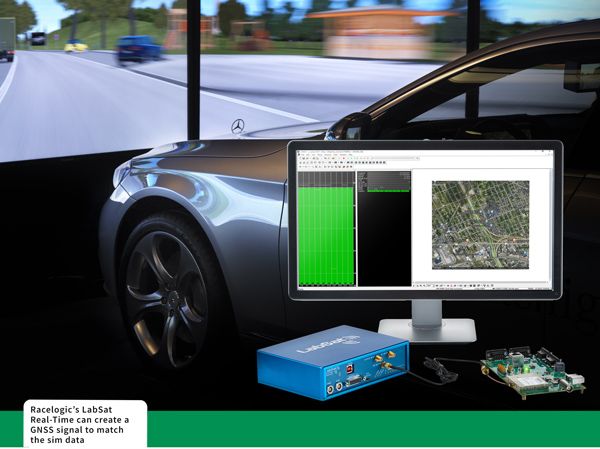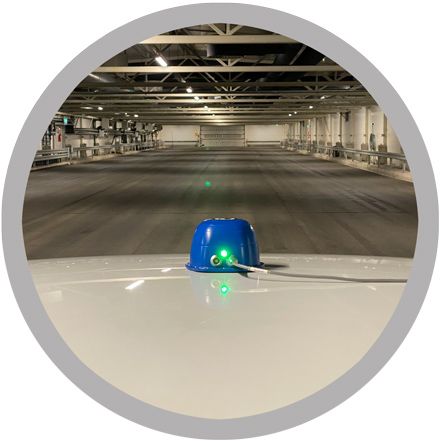Speed Up Testing
Via a combination of simulation and real-world testing, an integrated solution is helping to expedite the development of AV systems
There is still some way to go before AVs are produced and sold in volumes like conventional vehicles. Being able to speed up the rate of development and bring vehicles to market that are safe and fully trusted by authorities, regulatory bodies and, of course, end users, is the ultimate goal, but this is still an extremely challenging task.
There is a question mark over the best way to achieve this and how it is even possible, without recreating every potential driving scenario on every road in the world where a self-driving vehicle could one day find itself.
Simulation is widely regarded as one of the best methods of achieving this. Hardware-in-the-loop simulation is becoming increasingly popular but it is still a relatively new concept for automotive testing departments. It enables various levels of complexity to be added to a testing platform, and Racelogic, the company behind the renowned VBOX range of vehicle data acquisition systems and VBOX Indoor Positioning System, also has a GNSS simulation division that makes great use of hardware-in-the-loop simulation.


Above: The VBOX Indoor Positioning System offers 2 cm accuracy in any real-world environment
Scenario creation
SatGen, Racelogic’s GNSS simulation software, enables users to create real-world scenarios in just a matter of minutes. Through the software, data such as vehicle trajectory can be live-streamed directly from a simulator to a PC, creating those real-world driving scenarios. These can then be fed into a GNSS testing device such as a LabSat Real-Time, to create a GNSS signal that matches the simulated data.
Using both LabSat and SatGen has many advantages for AV testing departments. The GNSS signals that are generated are an exact match of the data outputted from a simulated vehicle, and can therefore be used in popular AV simulation environments, such as rFpro’s platforms. This enables engineers to virtually test in different weather and traffic conditions, as though they were in the real world.
There are many other benefits for autonomous vehicle engineers when using this approach to testing. Consistency is one, as when the vehicle is being validated in a driving simulator, a fair and representative test is assured each and every time, regardless of differing atmospheric and traffic conditions.
Although hardware-in-the-loop simulation solves the dilemma of how to test autonomous vehicles both quickly and reliably, there are still occasions for which real-world testing is required. This can be extremely challenging built-up, urban environments and although a simulator might still seem like the best option, there are other systems that can be used in parallel.
Both the VBOX Indoor Positioning system and VBOX 3iS – Racelogic’s new Inertial Navigation System – offer accuracy levels up to 2 cm and are ideal for providing ground truth in the real world, in any vehicle environment, even in tunnels and parking facilities.

